Images show F-35 jets landing on HMS Queen Elizabeth off the US coast.
This event marks the first time an F-35 has ever landed on a non-American vessel and it helps bring an end to the eight-year hiatus since a British aircraft carrier last operated a fast jet from its deck.
[su_custom_gallery source=”media: 20200,20203,20204,20205,20206,20212,20214,20215,20216″ limit=”30″ link=”lightbox” width=”120″ height=”120″ title=”never”]
F-35 numbers right now are exactly where they’re expected to be and inline with the 2015 Strategic Defence and Security Review.
2 F-35B in LRIP run 3, 1 F-35B in LRIP run 4, 1 F-35B in LRIP run 7, 4 F-35B in LRIP run 8, 6 F-35B in LRIP run 9, 3 F-35B in LRIP run 10, 2 F-35B in LRIP run 11, 2 F-35B in LRIP run 12
6 F-35B in LRIP run 13, 8 F-35B in LRIP run 14 and 7 F-35B in LRIP run 15. This brings us to 42 in 2023.
The next run brings us to the total of the first batch of aircraft, 48.
It is hoped that 138 F-35 aircraft will have been delivered by the 2030s. Around 2023, the Ministry of Defence have indicated that the UK will have 42 F-35 aircraft with 24 available as ‘front-line fighters’ and the remaining 18 will be used for training (at least 4-5 on the OCU), be in reserve or in maintenance.
As the only level one partner on the F-35 programme, the UK has been working closely with the US from the outset. UK industry will provide approximately 15% by value of each F-35 to be built, which are due to total more than 3000 in number.
The programme has already generated $12.9bn worth of orders for the UK and at peak production the programme will support over 24,000 jobs in the UK, according to accounting firm KPMG.




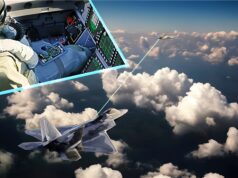
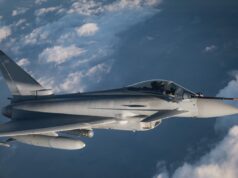

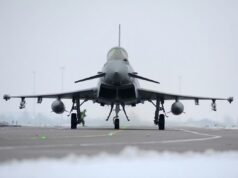
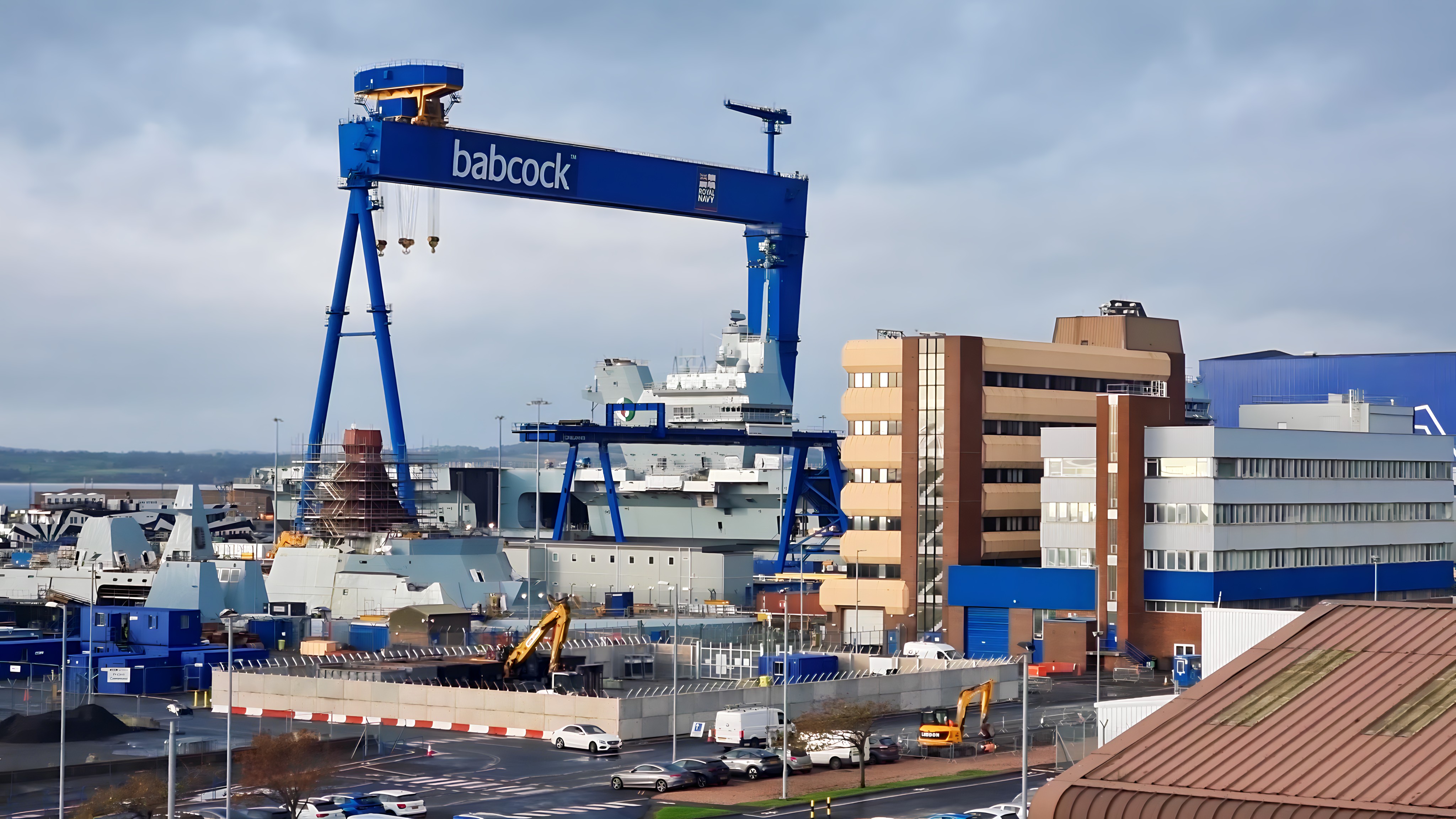
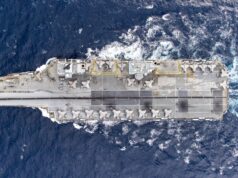

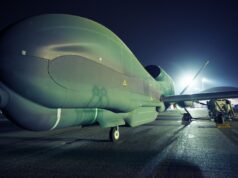


Great photos. The manufacturing and support jobs this project is generating for the UK is unmatched by any other nation outside the US. Being a level one partner is the best decision we could have made.
A new support facility is based in Wales which is will overhaul all European F35 avionics and components. Major new manufacturing facilities are already operating in Lancashire and Bristol. Then there are all the thousands of jobs created in the supply chain. The UK has a stake in every single F35 which will be built on a world wide scale. A fantastic project for the United Kingdom in every respect.
And with the issues with Turkey and the specific doubts/concerns re the F-35 program surely there must be a pretty good chance that the main engine service facility will get relocated. With the UK’s Tier 1 status, the likelihood of us being the biggest European F-35 operator (providing we don’t cut our planned numbers) and our world-class expertise in aero-engine technology surely we must have a reasonable shot at getting that facility if it is relocated mustn’t we? I’m not saying it would be a slam-dunk, maybe the desire to share the riches around would override such logic and the argument would be made by other contenders that the UK had enough already, but we would at least be a strong contender and I would hope that HMG/MoD would fight bloody hard to get it if it does come up for grabs.
Where is European lift-fan servicing going to be done? I did ask before on another comments section but never saw an answer. That would affect us and the Italians I think.
I hope that HMG are smart enough to have already raised the issue with Pres.Trump, i think he would welcome the oppurtunity to snub the EU and signal his goodwill towards the UK.
Turkey isn’t in the EU
Yeah, but if the facility ever got taken away from Turkey then all the other countries bidding against the U.K. to get it would almost certainly be in the EU (or maybe at least the EEA if Norway was one of them) so by campaigning for the U.K. to get it Trump could snub both Turkey and the EU all at the same time!
I find it amazing that Turkey, never noted in the history of aviation as a centre of excellence for engine design, gets that facility and the UK, at the forefront of aviation throughout history, does not.
Politics is utterly nuts! With all the goings on there now and the links to Russia and China they need to think again.
https://www.iiss.org/blogs/military-balance/2018/07/washington-ankara-fate-of-f-35-deal
Potential turkey doesn’t get f35…
Russian S400 commissioning engineers and the F35 flying in the same airspace. What an opportunity for Russia to tune the S400 system to recognise the radar signature of the F35.
The commercial interest of LM and the need to keep NATO together will take priority over any short term tension.
(Chris H) Steven – the engine decision was made by Pratt & Whitney. A company in a fierce and losing battle with Rolls Royce in large commercial jet engine sales. So the last country they would choose is the UK. One would think our ‘Tier One’ status would have trumped that factor but apparently Turkey (for which read anyone) is preferable to the UK.
I think our reaction if we do not get the engine servicing contract must be to fit the RR F135 engine to UK aircraft and do so on the grounds we are NOT having our owned and operated engines serviced outside the UK because it would be a threat to our National Security. Even to the point of having it fitted in our aircraft on the production line. We pay RR and they supply LM. Screw P & W.
Chris, nice thought but the RR F135 aka the F136 was killed by congress some years ago. The UK should have opted to fund it but didn’t step up to the plate. If the UK were to fund a new engine it need to be an adaptive/variable bypass engine. Both P&W and GE have contracts already from the US DoD, unless the 2bn announced for Tempest is funding something, if it it is my fear is it will be just paper concepts. GE and P&W will build demonstrators so I believe we’re fall behind in military engine development.
Commercially RR also made mistake dropping out of the twin isle market which has boomed in recent years. I’m hoping RR win the B52 re-engine program which is probably one of the largest military engine contracts coming up in the next few years.
(Chris H) Expat – Sorry my proof reading is not too good and yes I meant the RR F136 engine.
RR are well able to meet any power demands of the F-35B and I believe we should set up a programme and use one of the 3 test aircraft when they are done in the USA. We must keep moving forward and RR really are at the forefront of aero engine technology.
GE and P & W have had to resort to partnerships to respond to the demands of Airbus (especially in smaller engines for A320s) where RR actually left a partnership with P & W when they saw zero benefit to them and all to P & W.
The Ej200 is basically a development of RR XG-40 technology and RR and its Spanish owned subsidiary are majority shareholders in ‘Eurojet’. So we control that engine’s future. Typhoon then Tempest prototypes in the short term.
Not sure why you believe that RR has left the twin aisle market? It dominates sales in the 787 / A330 / A350 sector and is actually the sole supplier to Airbus of Trent engines for the A330neo and A350 aircraft. They also have over 60% of all engines sold to A380 buyers and has had a good share of the current 777 market. Boeing chose GE as sole supplier for the new 777X as GE funded ‘production engineering’. I know what I call it.
Apologies I meant the single isle market, yes they’ve done well in the twin isle market. But single isles 737s and 320s are much higher sales volumes
Don’t get me wrong we’re in a good position today but Rolls have been left out of contracts in the US to develop the next gen engine. So I can’t see how Rolls are going to fund an adaptive variable bypass engine at the moment.
Your right RR have the capability and the f136 was more powerful than the P&W f135. It would be great to see a program in the UK to develop a new engine but it would have to be government funded, it would be brave decision in the current climate. If labour get in well never develop another military jet engine.
The photos impressively demonstrate the sheer size of the QEC flight desk. The F-35B’s on deck seem tiny, but they are actually only slightly smaller than the Sea Vixen or Buccaneer aircraft of the 1960’s. A google for old pictures of HMS Hermes shows how just a dozen of these aircraft (with wings folded) filled her flight deck. It also emphasises the waste of finally building a carrier of a size that the RN has been dreaming of since 1942, without having an air group able to utilise the resulting acres of flight deck. We can just hope that the planned “maximum effort” UK carrier strike air group of 24 x F-35B, 9 Merlin x HM2, and 5 x Merlin CrowsNest (still leaving c.20% unused capacity) will become the norm rather than the exception.
Carrier’s are about a show of force, their military value is pretty questionable in a realistic war situation. As such if is essential that they don’t routinely depart with less than 20odd air frames onboard. The planned 12 just doesn’t give the desired show of power, especially when the size of the carrier so massively dominates the small size of the jets.
Military value questionable?
As far as I understand it the Soviets were very worried about the offensive power of US carriers targeting their bases in the Kola Peninsula and around Vladivostok.
That’s just offensive. A flightdeck with a squadron of Merlin ASW is pretty worrying to any Submarine I’d imagine.
A carrier with its escorts and air power and SSNs equals a closed sea to an enemy in my book.
So both have military value.
Behave Steve. Well equipped large carriers are immensly useful & powerful militarily. They’ve stopped wars occuring in the past, as when Guatemala backed down from invading Belize in the 1970s after Ark Royal IV raced across the Atlantic to launch aircraft to overfly the territory at extreme range. Even small carriers can have significant benefits-How could we have recaptured the Falklands without Invincible & Hermes?
Politically I fear HMG will keep her short of effective numbers of F-35s(Only 24 front line fighters shared with the RAF by 2023, if I read correctly), seriously under-armed & short-escorted due to a tiny DDG-FFG fleet.
I still wonder if the carrier design as it is right now could be used with other aircraft types, in particular some of the small short take off light aircraft that are used in outback locations. They need very little space to operate and could be a cheap way to add COD and maybe even AWACS abilities.
Or as normal, do I know nothing?